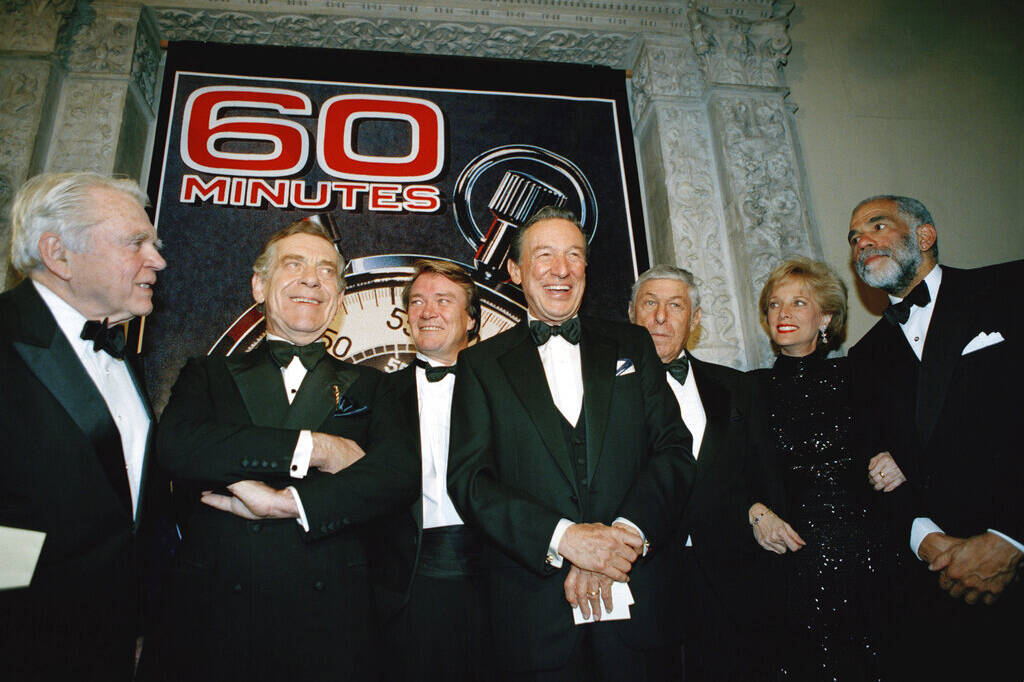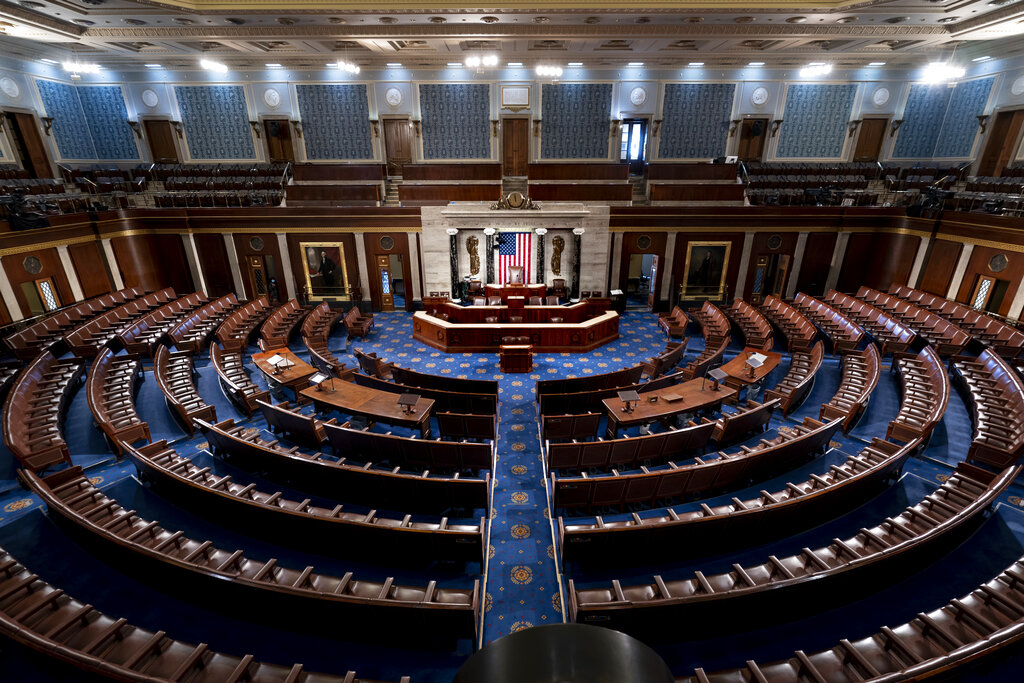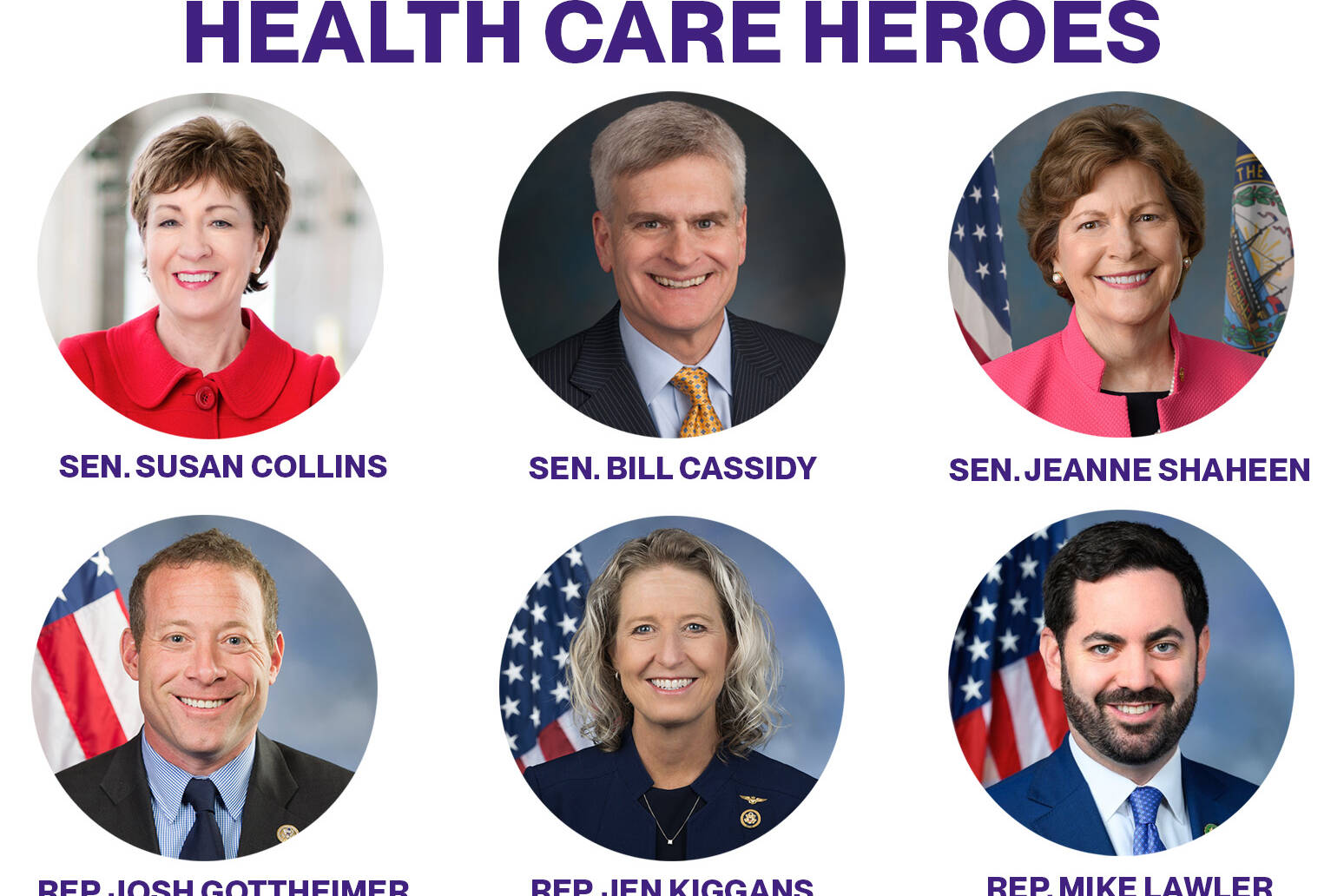What it does and the importance of its role
President Donald Trump is once again directing criticism toward the Federal Reserve, blaming it for what he sees as lackluster economic performance. In recent weeks, he has publicly criticized Fed Chair Jerome Powell, calling for lower interest rates and suggesting that Powell could be removed from his position. But what do Powell, and the Fed at large, actually do?
History of the Fed
Simply, the Federal Reserve is the central bank of the United States. Congress created it in 1913 to help prevent financial crises and to ensure long-term economic stability in the face of multiple crises, particularly the Panic of 1907. During that crisis, widespread bank runs and credit shortages forced the government to rely on private financiers like J.P. Morgan to inject their own money to stabilize the economy, highlighting the need for a central banking authority to ensure liquidity in the markets and act as a lender of last resort.
Under statutory law, the Fed operates independently within the federal government, meaning it sets monetary policy without needing approval from the White House or Congress. While its board members are appointed by the president and confirmed by the Senate, the Fed is intentionally insulated from short-term political pressure.
Role of the Fed
The Fed’s has what is known as its “dual mandate,” two goals written into law by Congress. First, the Fed is tasked with promoting maximum employment, meaning it tries to keep as many Americans working as possible. Second, it is responsible for maintaining stable prices, which means controlling inflation. These two goals do not always align. In some cases, fighting inflation may mean raising interest rates, which can slow hiring. At other times, boosting employment may require cutting rates and allowing prices to rise faster. Earlier this month, Powell expressed concern about achieving both goals, saying, “We may find ourselves in the challenging scenario in which our dual-mandate goals are in tension.”
The main tool the Fed uses to balance these goals is interest rates. Specifically, it sets the federal funds rate, which is the interest rate at which U.S. depository institutions (primarily banks and credit unions) lend reserve balances to other depository institutions overnight. This rate influences the cost of borrowing money across the economy. When the Fed lowers interest rates, it generally becomes cheaper to borrow, which can encourage consumers to spend and businesses to invest. This can help support job growth. On the other hand, when inflation gets too high, the Fed may raise rates to cool off the economy and bring prices back under control.
These decisions are made by the Federal Open Market Committee, which meets regularly to assess economic data and adjust rates accordingly. The FOMC is comprised of the seven members of the Fed Board of Governors, the president of the New York Fed (who always has a vote), and four of the remaining 11 regional Reserve Bank presidents who rotate through the roles. The goal is to manage the economy with a steady hand, using evidence, not short terms political demands, as a guide.
READ MORE: Inside the Fed’s Structure
An Independent Institution
The Fed’s independence has long been seen as essential to its credibility. Global markets, investors, and foreign governments rely on the idea that the U.S. central bank is focused on long-term economic health, not short-term political wins. While there is legal ambiguity over whether a president can fire a Fed chair, no president has ever tried. That precedent has helped preserve confidence in the institution’s impartiality.
Trump’s ongoing criticism of Powell, and his suggestion that he might consider firing him, has renewed debate over the boundaries of presidential influence. Trump originally appointed Powell – a Republican – in 2017, but, like now, he eventually became frustrated with Powell’s stance on interest rates. His latest comments, which are rattling markets come at a time when the Fed is weighing whether to cut rates in the face of slowing inflation but a still-strong labor market.
What the Fed – and President Trump – choose to do next could shape the country’s economic path and test the strength of the Fed’s independence.
Looking for the latest in your inbox? Sign up for emails from No Labels.
Related
Sam Zickar
Sam Zickar is Senior Writer at No Labels. He earned a degree in Modern History and International Relations from the University of St Andrews and previously worked in various writing and communications roles in Congress. He lives in the Washington, D.C. area and enjoys exercise and spending time in nature.




